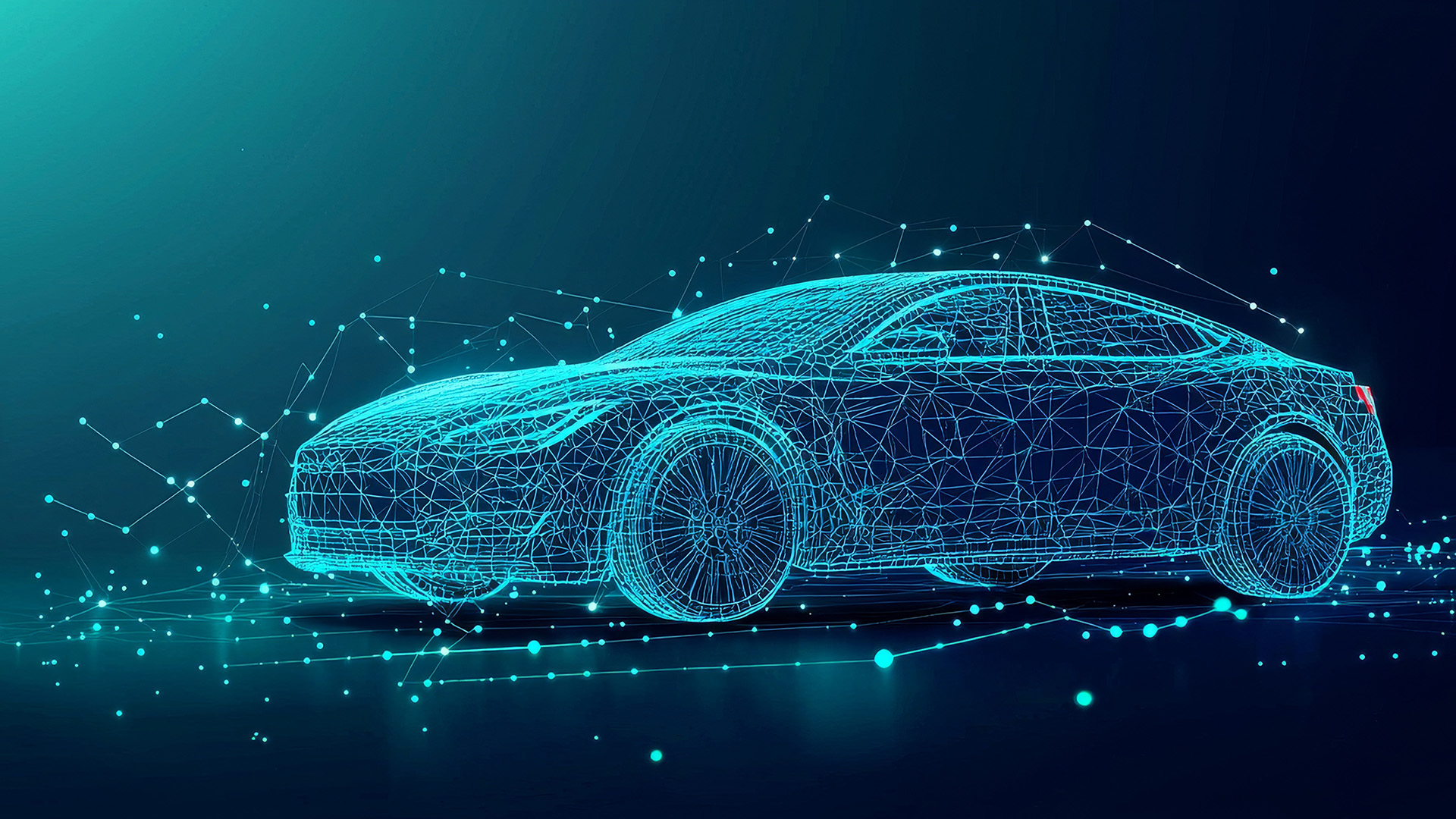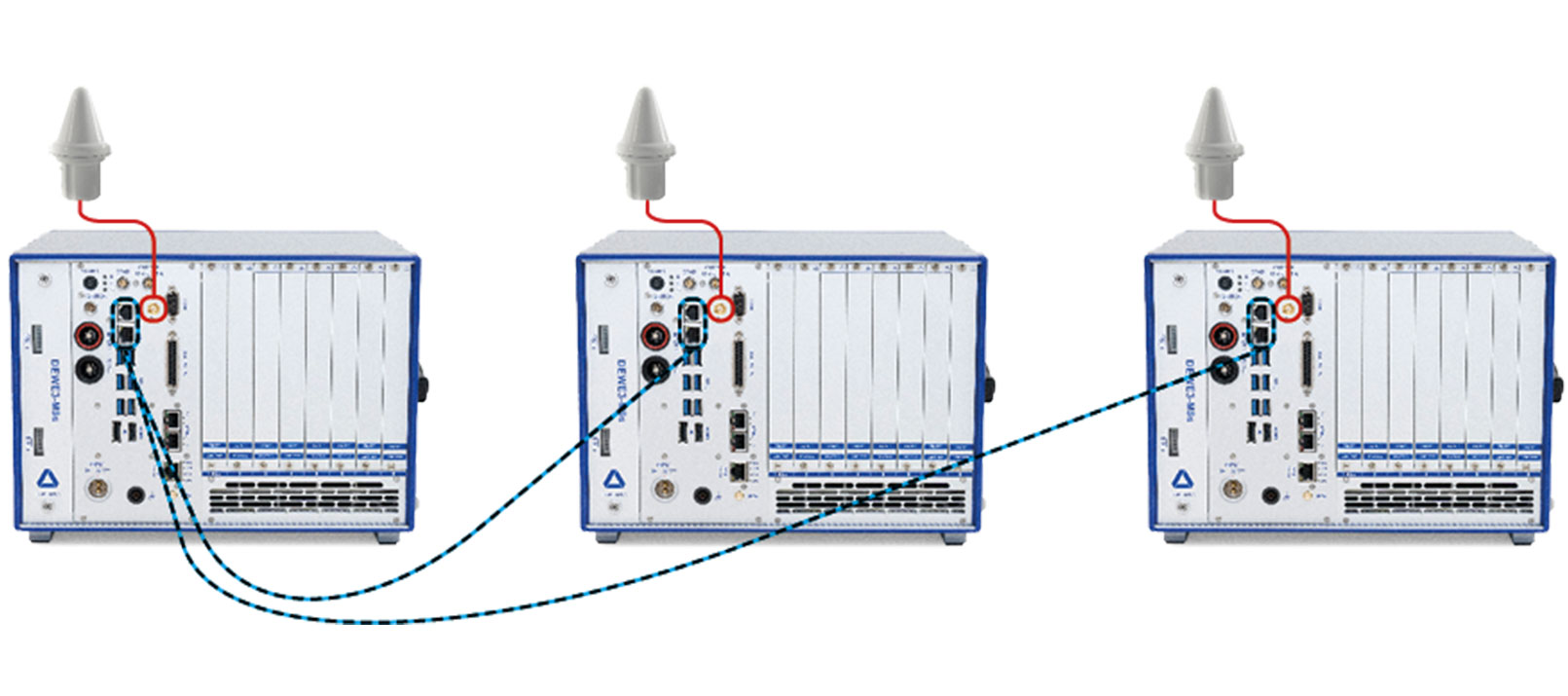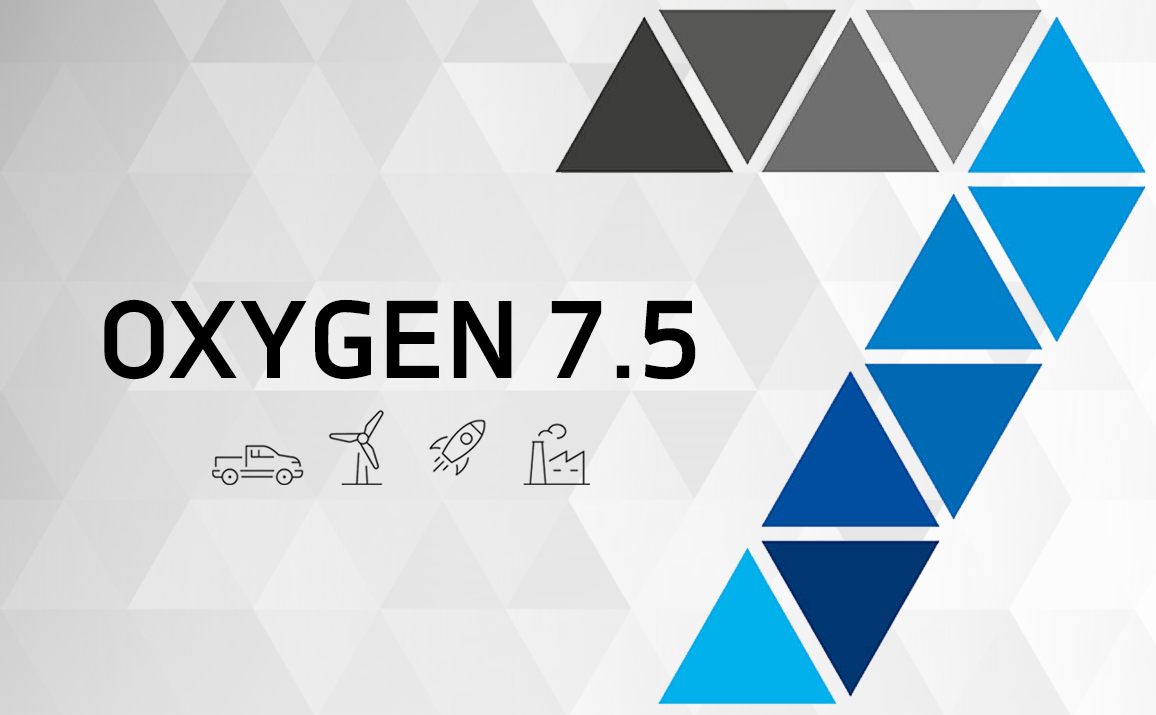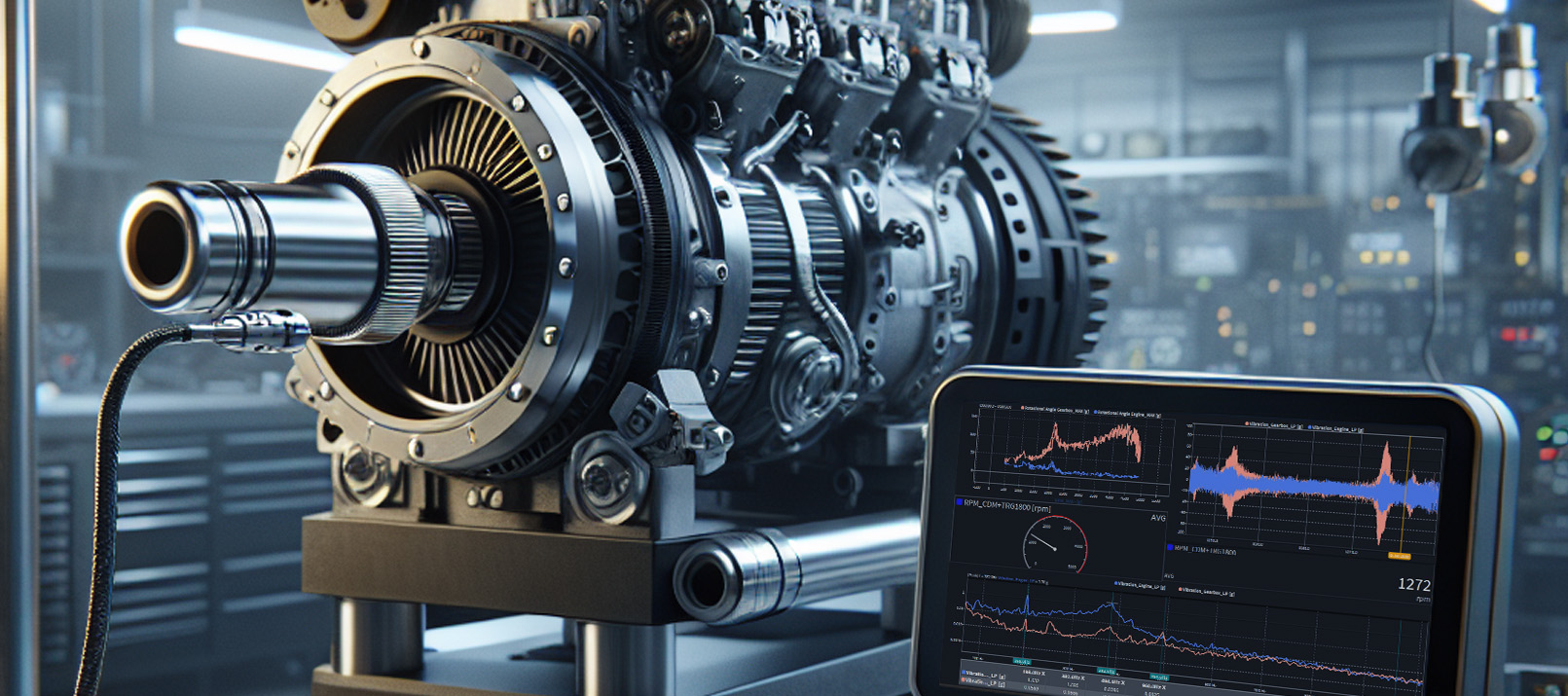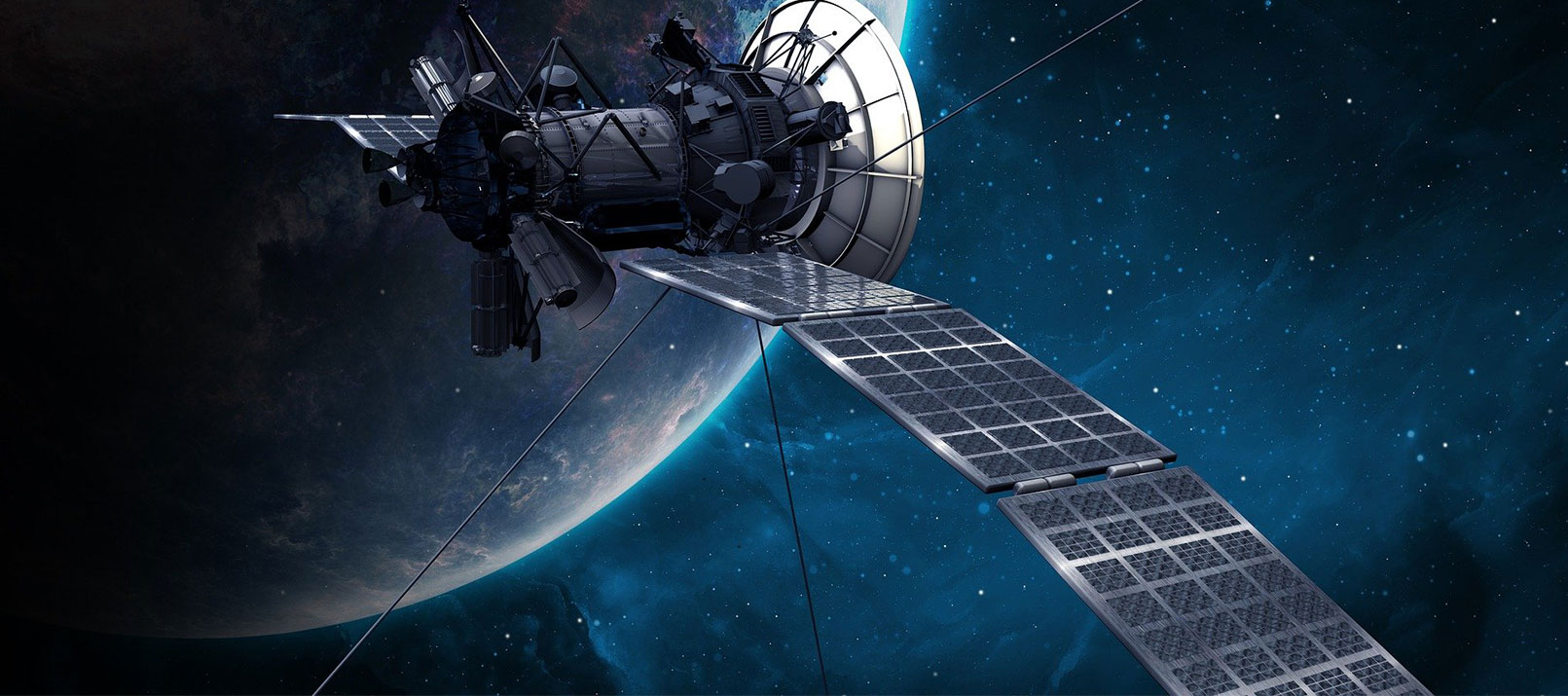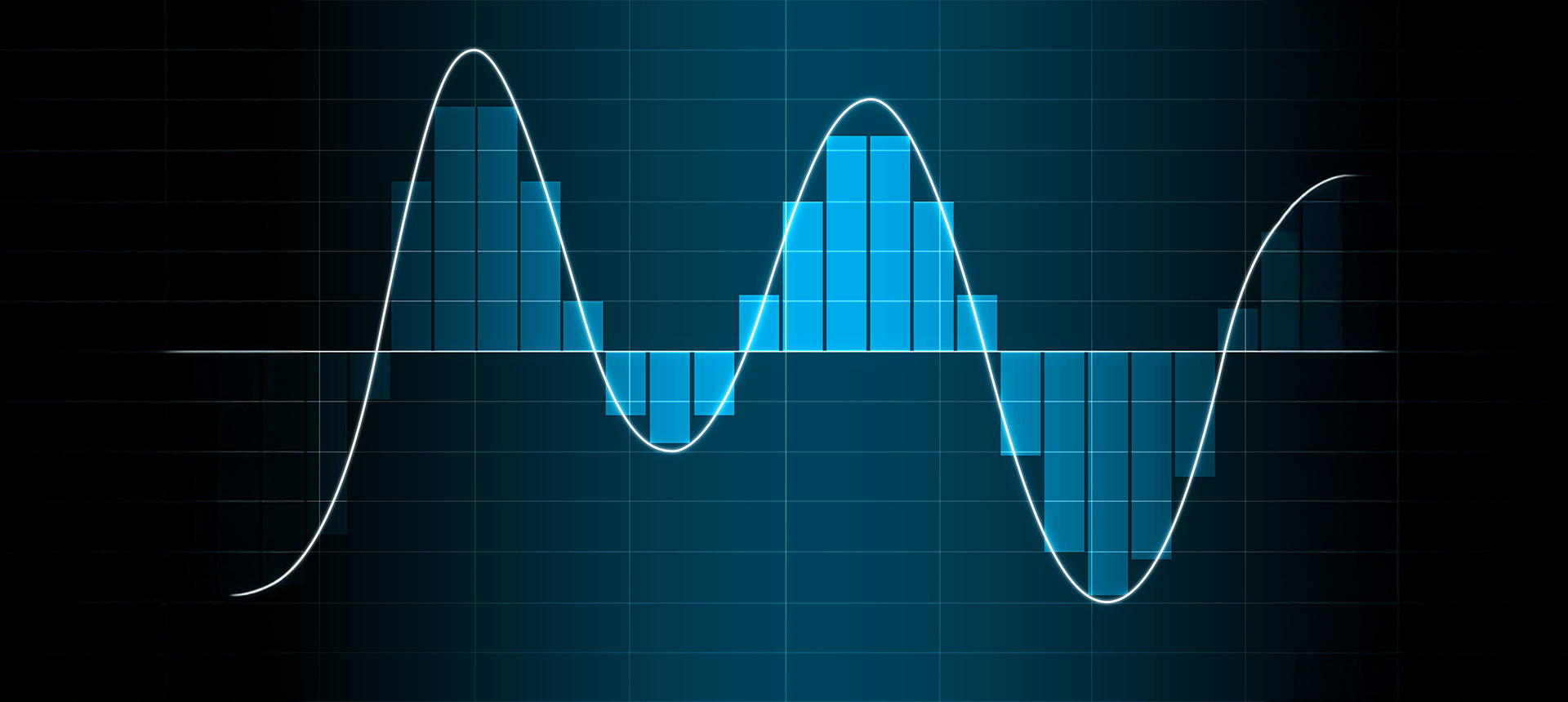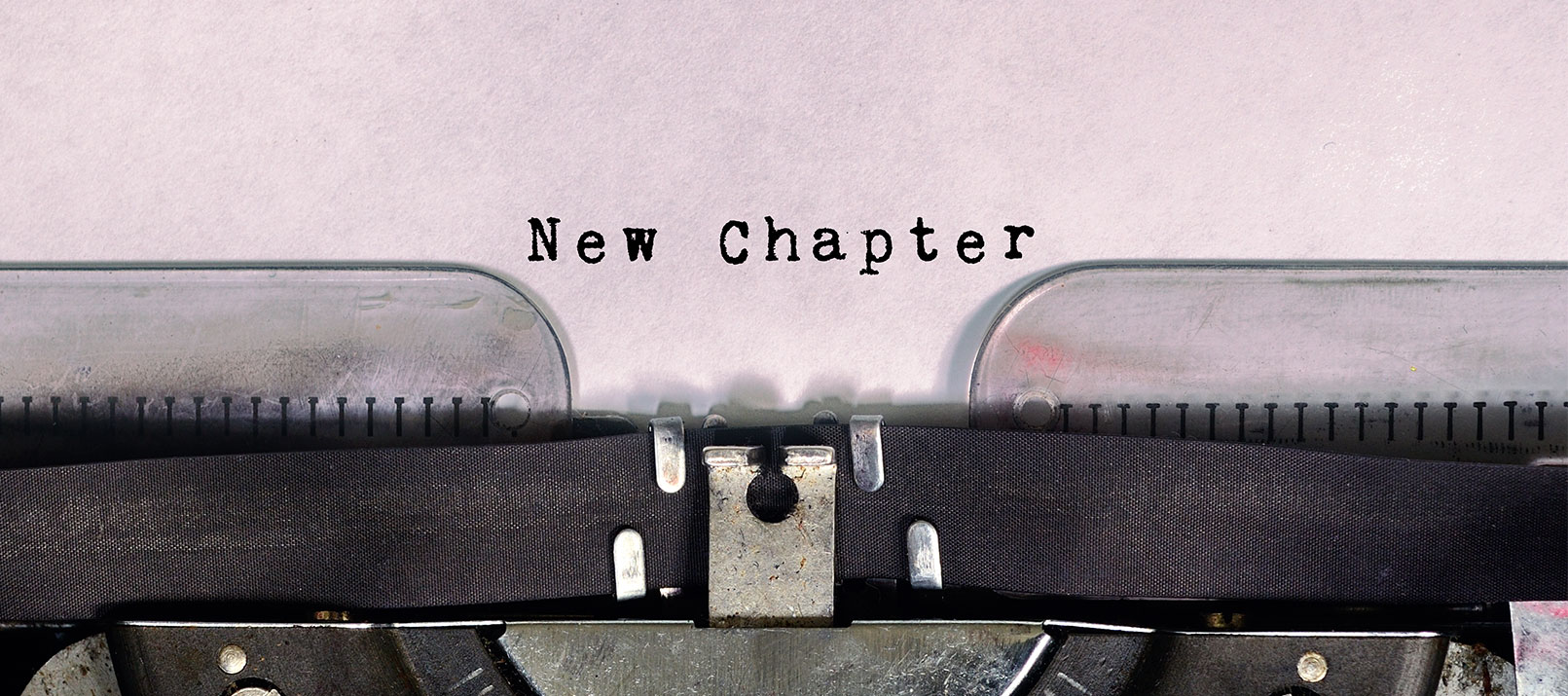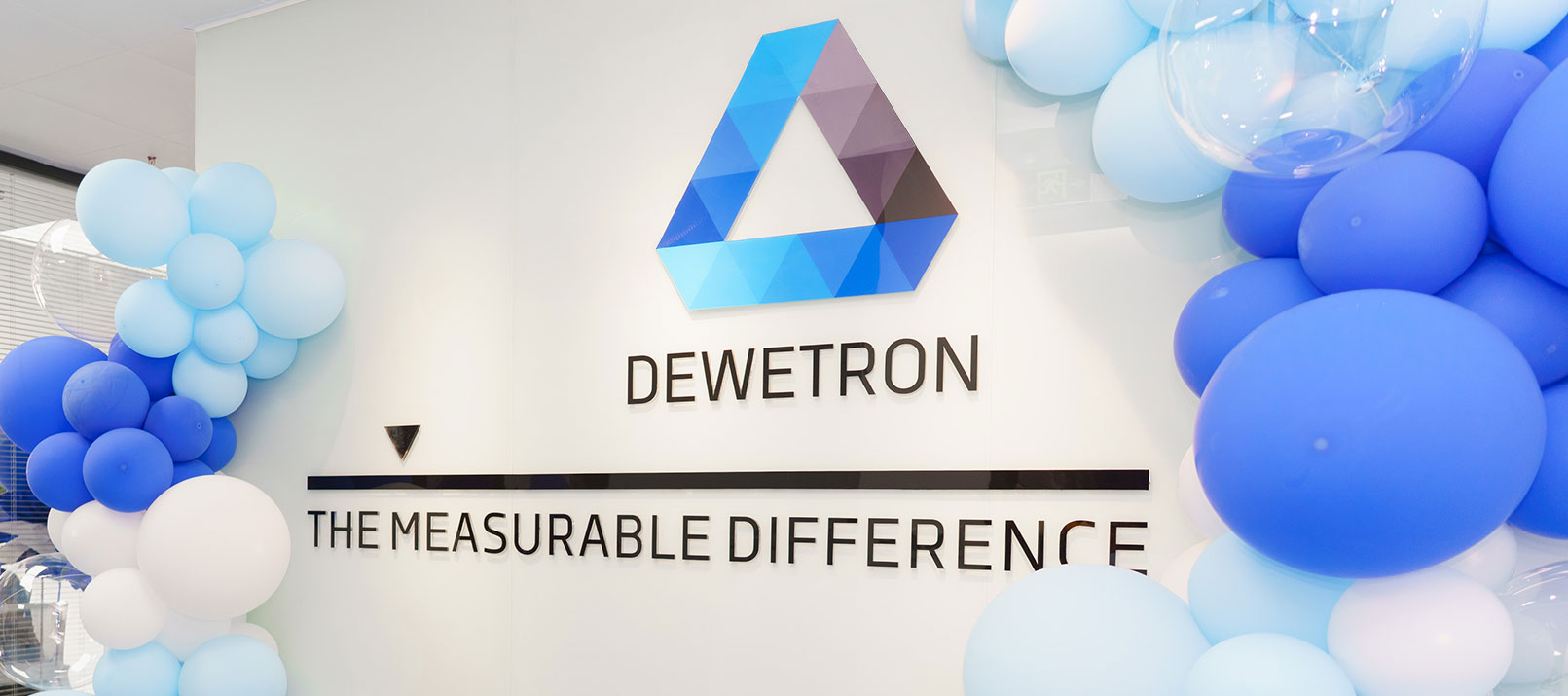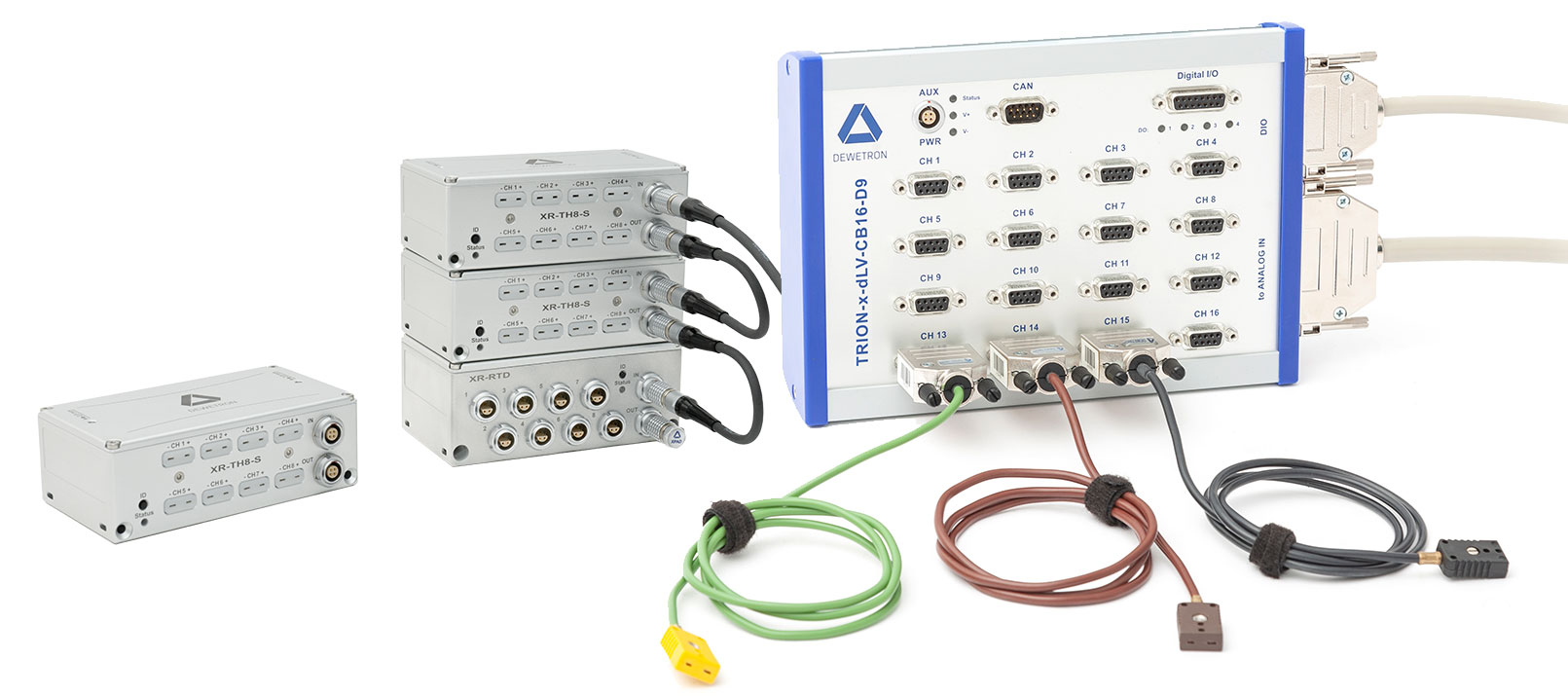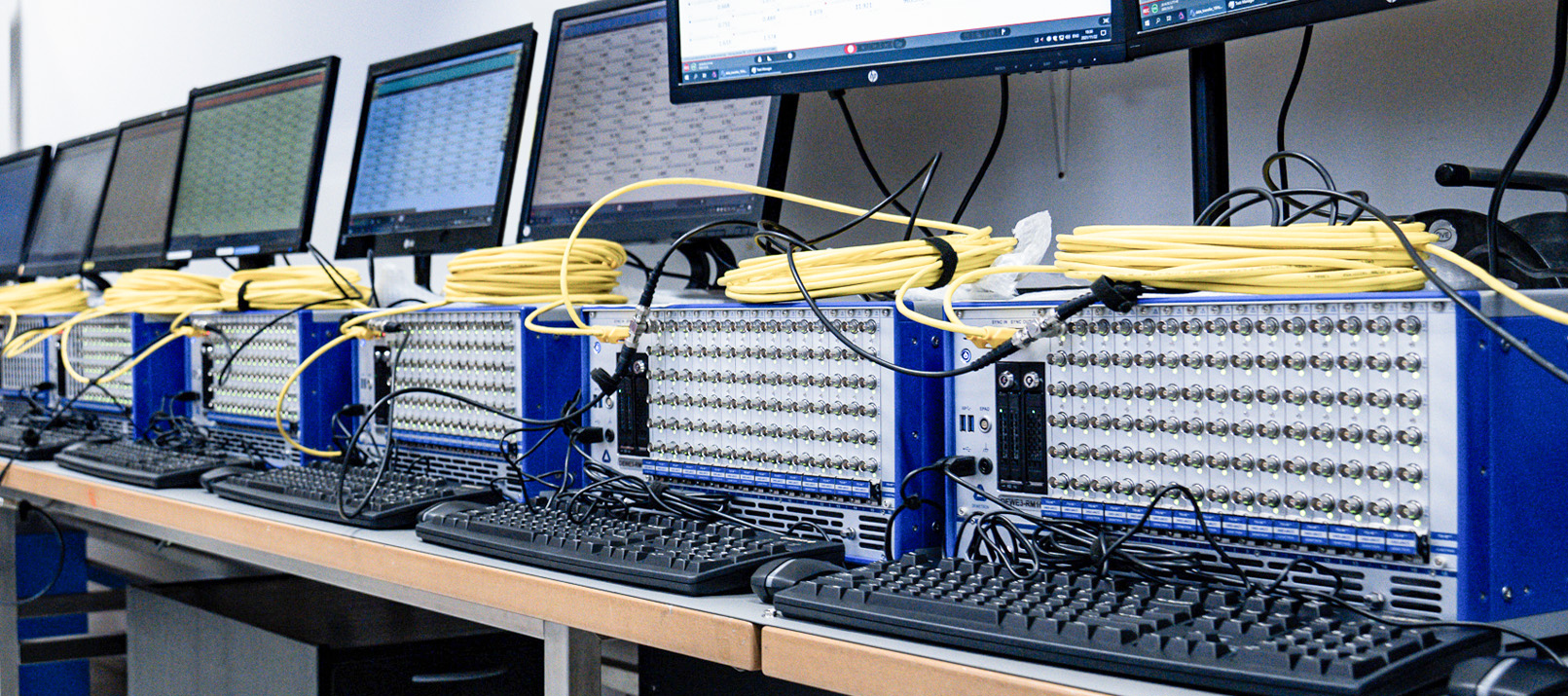Synchronization of measurement systems
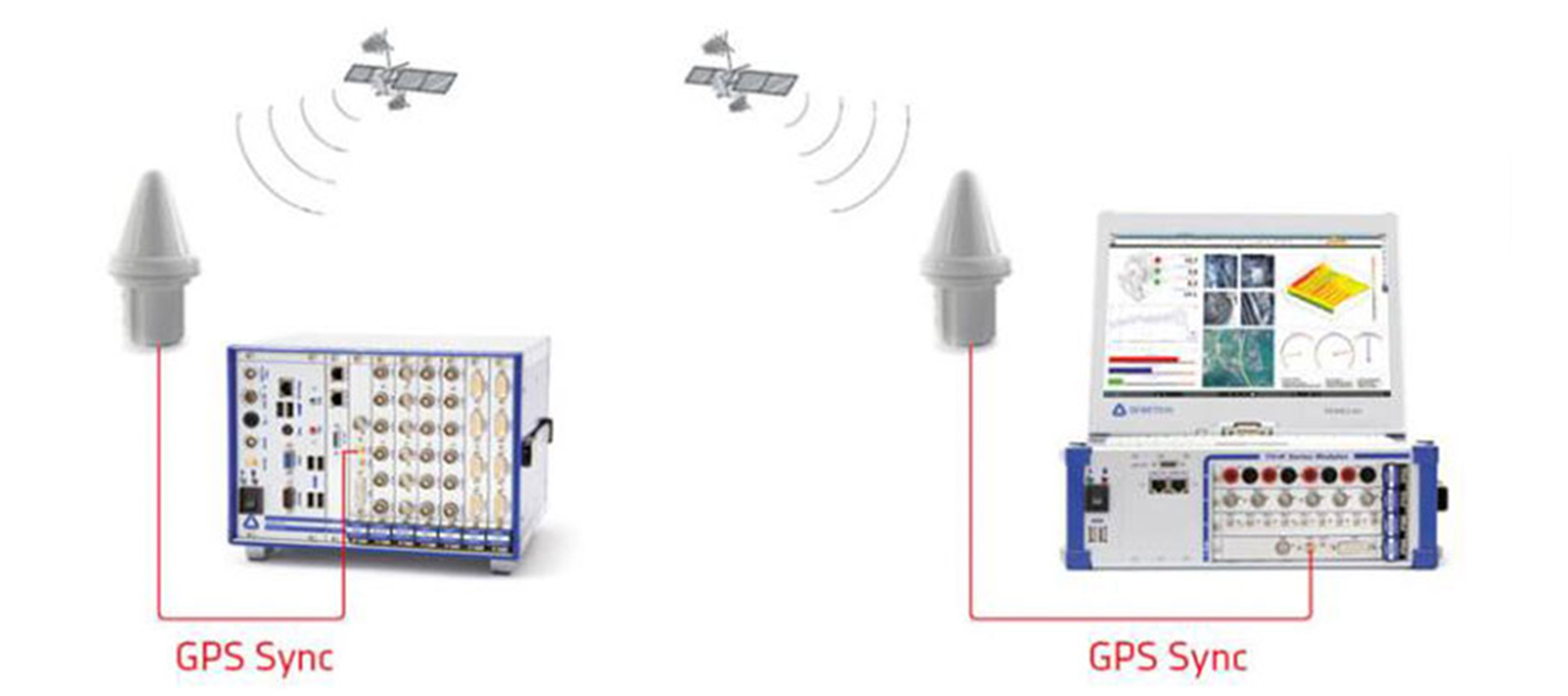
A measurement campaign consisting of more than one data acquisition system in parallel always requires synchronization.
Sounds reasonable, but why is synchronization so important?
DEWETRONs world of synchronization
All DEWETRON DEWE2 and DEWE3 chassis have the same internal clock structure. The core of this structure is the TRION-SYNC-BUS that is connected to every slot of the chassis. Additionally, every DEWE2 and DEWE3 system has an internal chassis time base. This is the default synchronization source that creates a signal for clocking the ADCs of the input channels. Every DEWE2 or DEWE3 system also forwards this signal via the SYNC OUT connector to the SYNC IN or SYNC I/O connector of another DEWE2 or DEWE3 system. This is an easy way to synchronize several DEWE2 and DEWE3 chassis.
Different timing signals
You can use a timing module and PTP (IEEE 1588), GPS, IRIG or PPS signals to clock DEWE2 and DEWE3 systems. When using modules, the clock engine will transform the external sync signal into a signal that can be transferred via the TRION-SYNC-BUS and interpreted by the ADC clock dividers.
Rafael in detail explains the different types of synchronization signals and how they work.
